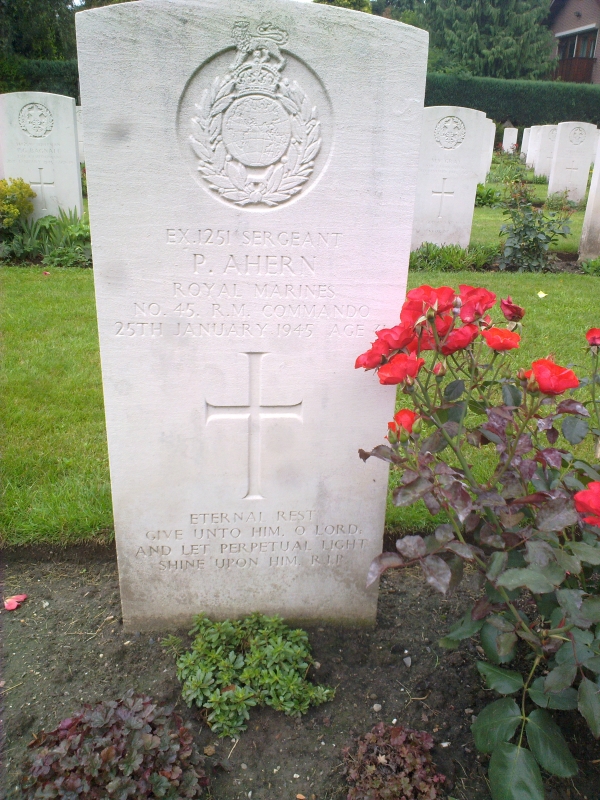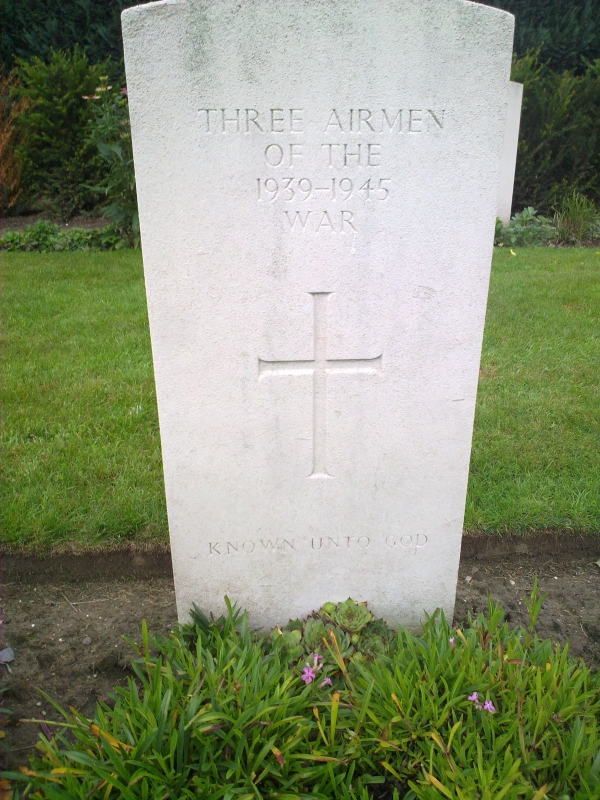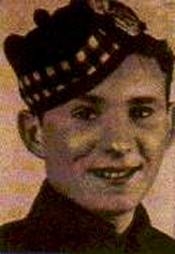War and victims are two things inextricably bound up with eachother. WWII certainly is no exception tot hat. Both during the German attempts to conquer Europe and during the allied attempt to liberate it again thousands of soldiers lost their lives. Many of them were hundreds or even thousands of miles from home. Bringing all the bodies of killed soldiers home would have been a logistical nightmare.
After the war had ended, it was time to strike a balance. Everywhere bodies were dug up from their temporary, make-shift graves. Regulary completely unknown soldiers were found. It was clear that these people needed a commom resting place, preferably not too far from the place where they were found. This resulted in the creation of large cemeteries, filled with many rows of near-identical graves.
Often the piece of land was transferred to the country of which the soldiers were buried there, even though only symbolically, so mourning family members could find comfort in the fact that their son was buried in a small part of his own country, instead of in the cold ground of an unknown, far away country.
The same story goes for Sittard. Right in the middle of the calm neighbourhood of Ophoven, practically invisible to people who don’t know it’s there, lies one of the smallest military cemeteries. It is a British graveyard. There are 239 people buried here. The headstones are placed in perfect rows. They are all more-or-less the same: In the top part the coat-of-arms of the regiment the soldier served in, beneath it the name, rank, date of birth and date of decease (if known) of the soldier. At the bottom there is a text which is chosen by the parents or family. Often this is something the family members wrote themselves; a little poem or a short farewell. Also often there are biblical proverbs.
Most of the men buried here, 228, were British Army personnel. Many were with Scottish divisions and were killed between 18 and 24 January 1945, in an attempt to cross the river Roer.
There are also one marine and one civilian woman serving with E.N.S.A. (Entertainment National Service Association).


Patrick Ahern, a marine of Irish decent, died in an attempt to cross the river Roer, like many other men in this graveyard. As a marine he is the only Royal Navy soldier buried here.
Vivienne Hole is probably the only woman with E.N.S.A. who was killed during the war. The truck she was in took a wrong turn. When trying to turn around it hit a heavy mine. Vivienne was killed in the blast. The 19-year old girl is the only woman buried here.
The graves of two soldiers, sergeant S.G. Diver and private R.E. Mason, are very close together. The men where both killed when their armoured vehicle blew up. Because the men were both inrecognisable, they were buried together.

There are also 6 RAF airmen, of which 3 men are unknown, and 3 completely unknown persons. Their graves all bear the same text: ‚A soldier of the 1939-1945 war, known unto God‘.


One of the graves has an additional inscription: The Victoria Cross. This grave belongs to fusilier Dennis Donnini. Dennis was born to an Italian man and a British woman. During the war he was incorporated with the Royal Scots Fusiliers. He was 19 when he and his regiment moved through Limburg. On 18 January the regiment fought in the German village of Stein, just across the Dutch border. During an attack, several men in Donnini’s company were shot down by a German machinegun. Although he was wounded himself, Donnini ran right towards the machinegun and threw a hand grenade into the house it was in. When the surviving Germans fled from the house, Donnini kept chasing them. He was killed when a bullet hit a grenade he was carrying with him.


For valour in the face of the enemy, Dennis Donnini was posthumously awarded the Victoria Cross, the highest possible decoration in the British military. He was the youngest recipient of this medal during WWII.
To find the cache you don’t have to enter the cemetery, but it’s worth the effort to have a look around!
This cache is part of a series. They are:
'40-'45: Kapelaan Berix (GC2PEZJ) (in English) '40-'45: Veer Berg-Meeswijk (GC2PEXA) (in English) '40-'45: Brug Obbicht (GC2PER6) (in English) '40-'45: Sluis Born (GC2PEP0) (in English) ’40-’45: Brug Roosteren (GC2TV5X) (in English) '40-'45: Sittard War Cemetery (GC2TV9R) '40-'45: Staff Sergeant Booher (GC2TQC1) (in English) '40-'45: Jürgen G. Krohnke (GC2X5V3) (in English) '40-'45: RCAF Bomber Crew (GC2X60A) (in English) '40-'45: Schepenkerkhof (GC2X6KF) (in English)All caches contain a bonus number. When you find all 10 of them, you can search for the bonus cache (GC2X6MV).
Did you find one or more caches in the series before there were bonus numbers added? Send me a message,telling which caches you’ve found and on which date. I will try to send you the bonus numbers as soon as possible!
Hint:
Not low!
Geen opmerkingen:
Een reactie posten